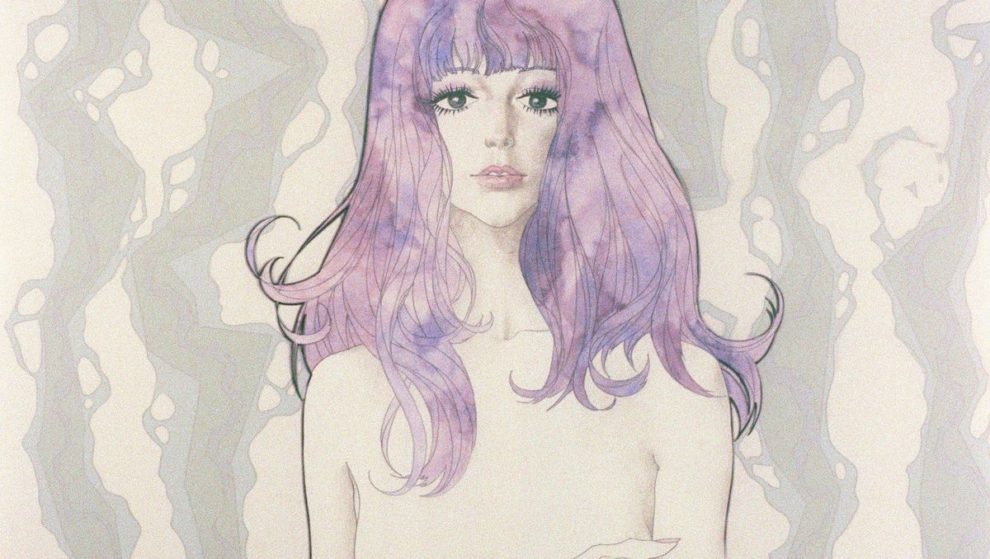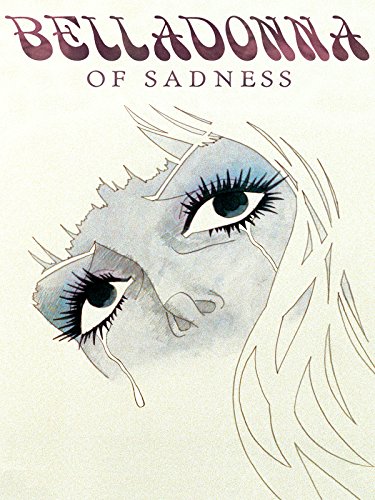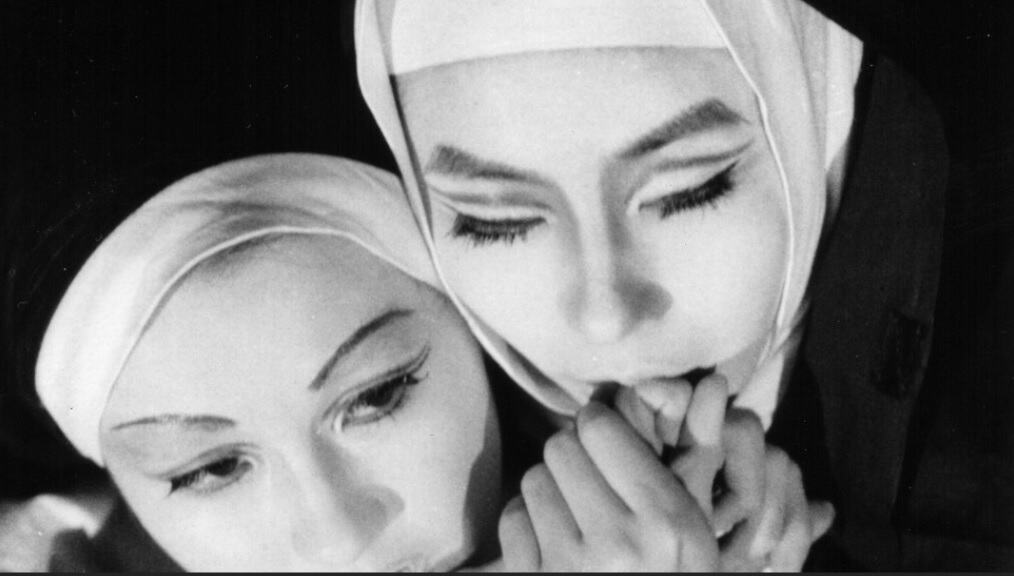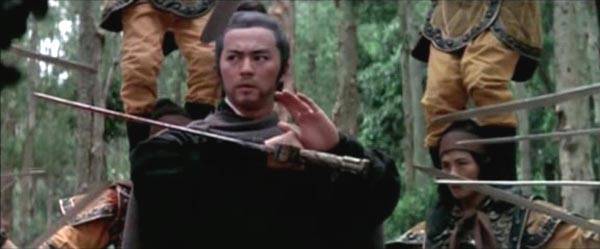by Rei Yukon
Obscene, disturbing yet undeniably intoxicating, the screenplay of “Belladonna of Sadness” (1973) exhibits extraordinarily breath-taking compositions that offer its viewers an experience skirting the line between sadistic indulgence and heart-wrenching anguish. This enigmatic film is the lovechild of prolific writer Osamu Tezuka's (creator of the Astro Boy series) vision and director Eichii Yamamoto's enigmatic conception- the third part of the “Animerama” trilogy; a line-up of adult anime feature films initiated by the former in his studio, Mushi Productions between the 1960s till the late 70s.
“Belladonna of Sadness” is not a film renowned for its plot- but for its audacity. Centred around the tragic story of a young woman's life in her feudal village, the film deals with the torture, persecution, and liberation of Jeanne, after she is brutally raped in a ritual “droit du seigneur” by the village baron on her wedding day. Set in a medieval European setting, it re-imagines the relationship between witchcraft, religion, sex and power. Through the extended metaphor of the Belladonna- a flower better known as Deadly Nightshade for its hallucinogenic and deadly properties, the film tracks the psycho-sexual and spiritual empowerment of Jeanne, a Bella Donna herself (translated from Italian as a “fair lady”), who embodies this conflation of beauty, seduction and danger. She usurps the baron through her intimate pact with the devil, saves her fellowmen from the plague and transforms her sexuality from a source of shame to a catalyst of her power. While “Belladonna of Sadness” introduces itself with a feminist undertone of female empowerment through sexuality, it requires a clear disclaimer, as its noble cause is rather “rapey”, especially so to the contemporary viewer. Jeanne's initial rape by the Baron is not explicit, but graphic, nonetheless. It is abstracted and interpreted to emphasise the gore, agony and destruction of her deflowering in a nightmarish manner, one that can only be described as horrifically artful as she is ripped apart, a reoccurring image throughout the film that undeniably stays with you.

With its scenes of expressionistic sexual violence and bewildering, borderline pornographic sequences, the film draws an exquisite tension between its aesthetic excellence and its larger political disposition. In the still conservative, early Japanese film industry, Tezuka was pushing the envelope with his explicit animated content, while simultaneously riding the wave of “pink films” (ピンク映画, Pinku eiga) that came about during the 1960s in Japan. While these “pink films” were films that simply included nudity in its early genre years, “Belladonna of Sadness” took the new liberties to an extreme, taking advantage of the leeway granted by its animated form and the slow lifting of post-war censorships to create a graphic narrative driven by sex, desire, and revenge.
Despite being conceived around the better part of a century ago, the allure of “Belladonna of Sadness”'s overtly experimental animation style remains poignant, and dare I say, appreciated now so more than ever before. Its minimalistic techniques of panning over static drawings, crossfades and use of brilliant, blooming watercolour or oil stills, challenges commercial expectations of visual storytelling, showcasing the elastic creativity of the team behind “Belladonna of Sadness”and offering more artistic ideas in its 86-minute run time than most animated films. It was a labour of love, its production lasting six years (1967-1973), with every filmic still hand-painted by artist Kuni Fukai in a lush, elaborate manner. His lithe, stylised figures and ornamental touch are reminiscent of the Decadent art of Aubrey Beardsley's black ink drawings, establishing luxury and indulgence as the heart of the style, fitting for the themes at work within the opulent and corrupt narrative of the film. The artwork engages with multiple contemporary sources within its aesthetics as well, ranging from abstract expressionism that eroticises the curvature of isolated lines, to pop-art montages that shock and disrupt the calm unfurling of the storyboard scroll, all while maintaining it's same, luxuriant quality and intricate Art Nouveau style. If one thing is for sure, it is that the exceptional care and dedication of the artist's hand shines throughout the entirety of the film, promising a feast for the eyes and a sensory experience like little you have known before.

Along with its tantalizing and surreal imagery, experimental jazz musician Masahiko Satoh's subversive compositions provide a unique accompaniment to the chaos. Jazz-rock interludes like “Take it Easy” and funky pop-ballads of “Belladonna” add layers of apprehension and an enchanting delirium to the psychedelic representations of orgies, murders and transformations that make up the sequence of the film. Each innovative score does a remarkable job of constructing a psychological depth for the still, ornate frames and occasional moving pictures, filled with symbolism and metaphors, contributing to the mind-melting effect the film is now recognised for as its hallmark trait.
Unfortunately, the high level of experimentalism along with the arguably graphic, erotic grotesqueness of “Belladonna of Sadness” was off-putting to the average viewer during the film's release in 1973, which resulted in it being a commercial failure. Mushi Productions also filed for bankruptcy that same year, and as a result the film itself faded into relatively obscurity. It was only in 2009 that it was restored and given a 4K digital re-release in 2016. Decades after its first screening, “Belladonna of Sadness” now holds a cult following for its artistic grandeur and its shamelessness in challenging societal conventions in the realm of animation, despite its unremarkable and slim narrative. Just as Jeanne's vulgar character disrupts dominant order, the film's radical treatment of form goes against the grain of traditional visual storytelling, offering itself as an avant-garde scapegoat to the norm. In all its intricacies, I find “Belladonna of Sadness” a deserving watch for the viewers with fortitude, and an eye for the ineffable.
















